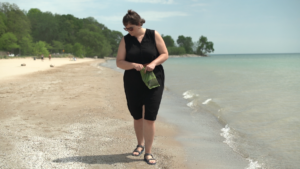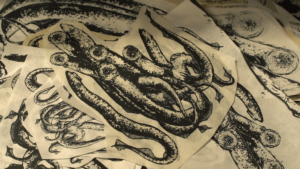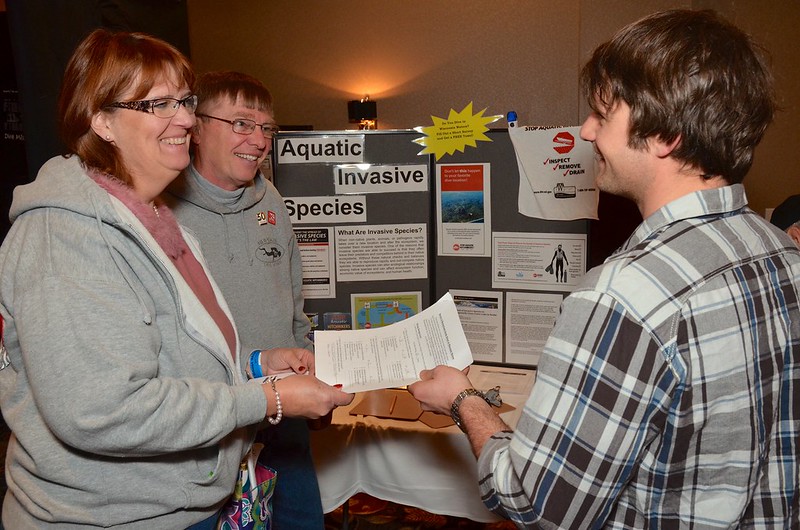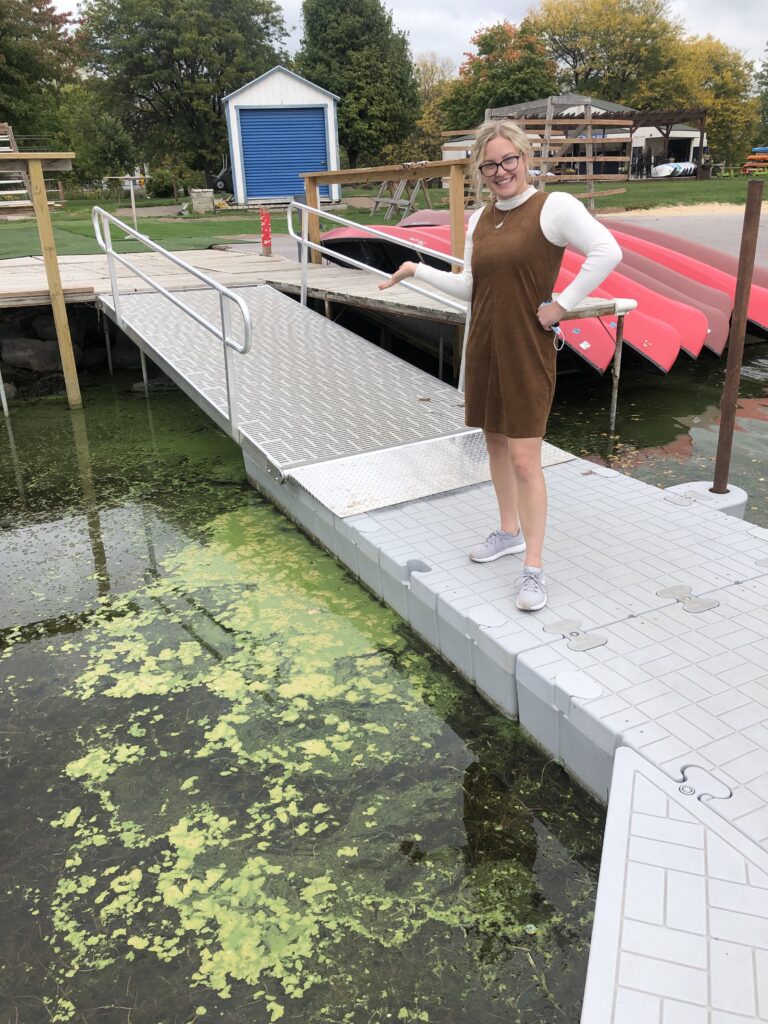Study: Warmer summers worsen tick infestations for US moose

By John Flesher, Associated Press
TRAVERSE CITY, Mich. (AP) — It’s a ghastly sight: ticks by tens of thousands burrowed into a moose’s broad body, sucking its lifeblood as the agonized host rubs against trees so vigorously that much of its fur wears away.
Winter tick infestation is common with moose across the northern U.S.
Great Lakes Now
https://www.greatlakesnow.org/2021/11/ap-study-warmer-summers-worsen-tick-infestations-moose/






 The
The 


